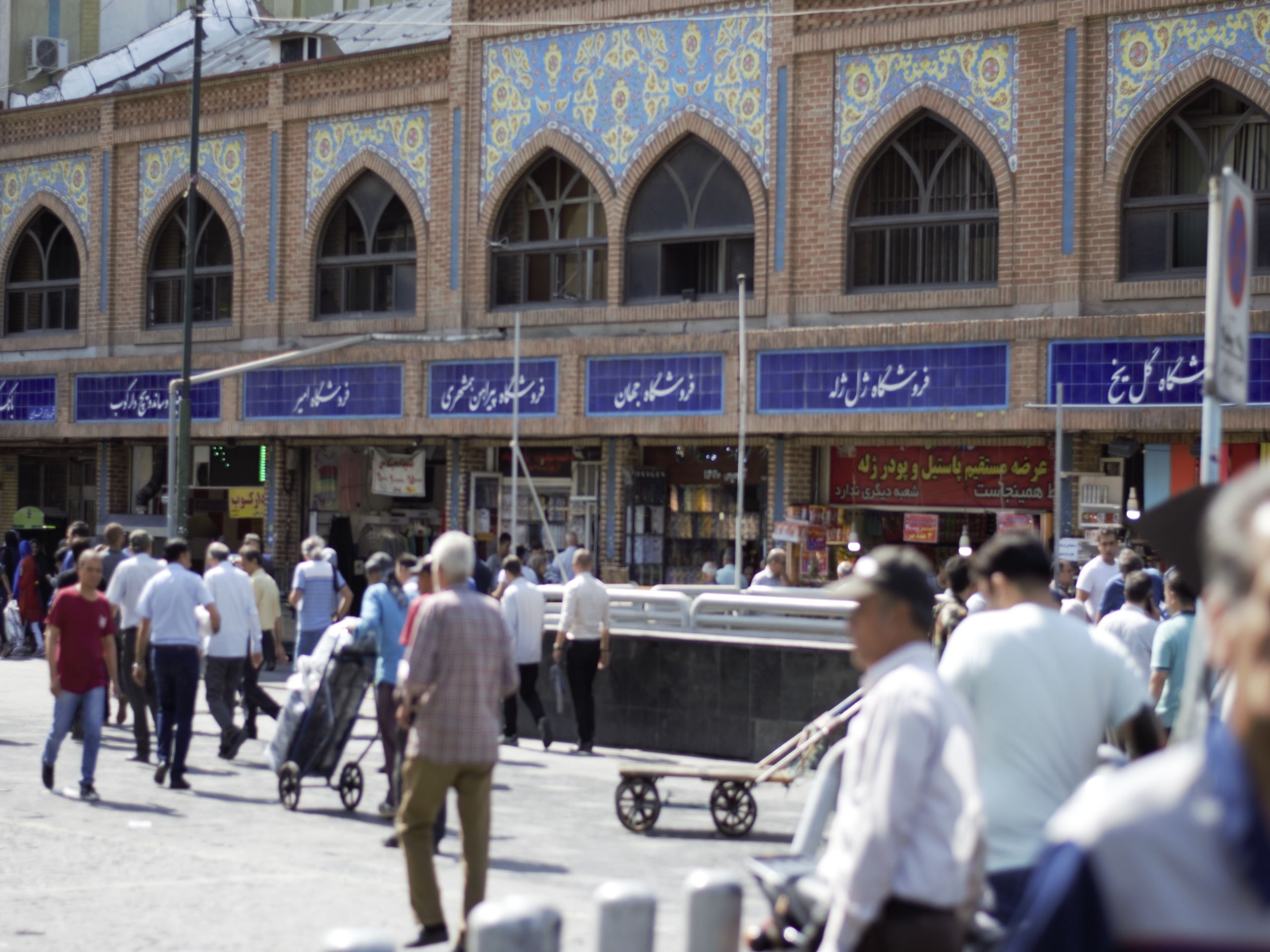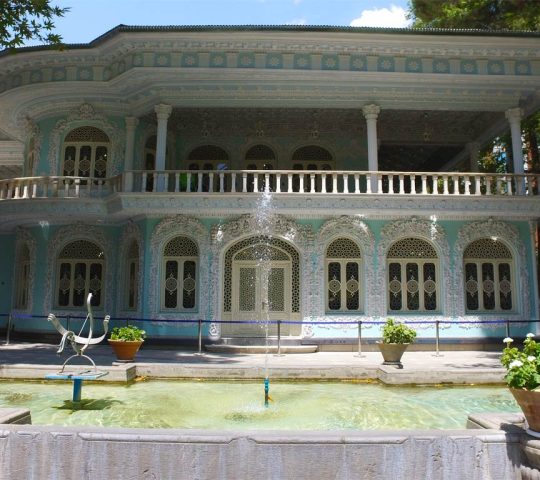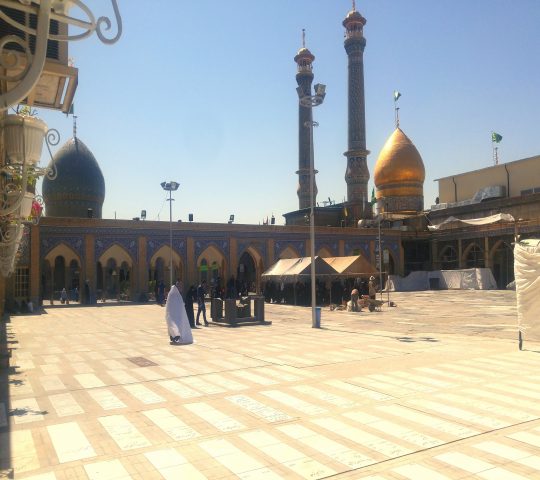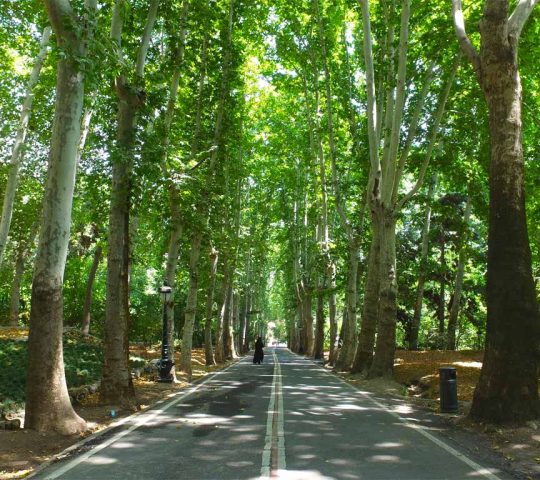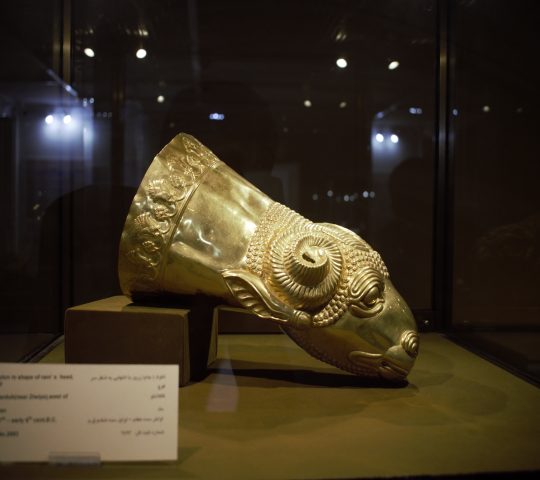The current structure of the Grand Bazaar of Tehran refers to the Qajar era, but there are also buildings in the Bazaar that belong to the Safavid and even Zand eras. Among the Qajar kings, the period of Nasir al-Din Shah was undoubtedly the most prosperous era of the Bazaar. Shopkeepers of Tehran and the country have historically been beside the leaders of the political events. Usually, if the main demands of the people were not met, they closed their shops and protested in the mosques.
Some people consider the Grand Bazaar of Tehran as the heart of the country market because almost anything can be found in this Bazaar. Nuts, garments, jewelry, watches and furniture, and cosmetics and foods are among the main things you can found on this Bazaar.
Restaurants, zoorkhaneh, old cafes, baths, mosques, and hussainiyas, Tomb of Lotf Ali Khan Zand, and Tomb of Imam Zade Zaid are other parts of the Tehran Grand Bazaar which total the area of the bazaar is more than 100 hectares. The bazaar is located in the central district of Tehran. The architecture of the Bazaar is one of the exciting elements which dates back to 200 years ago.

